HTC Sensation 4G Review - A Sensational Smartphone
by Brian Klug on July 1, 2011 12:38 AM EST- Posted in
- Smartphones
- HTC
- Android
- Mobile
- HTC Sensation
- MSM8260
The biggest difference for me however is resolution. I was initially skeptical about qHD purely because it isn’t really a default or “blessed” resolution in the Android developer guidelines. In terms of PPI, the Sensation (and all qHD 4.3” screens) are at 256 pixels per inch, and 4.3” WVGA (800x480) is at 217 pixels per inch. In addition, the aspect ratio is a true 16:9 on qHD as opposed to being a bit more square at WVGA. It’s up to individual developers to make sure their applications are PPI agnostic, and for the most part individual applications do a good job.
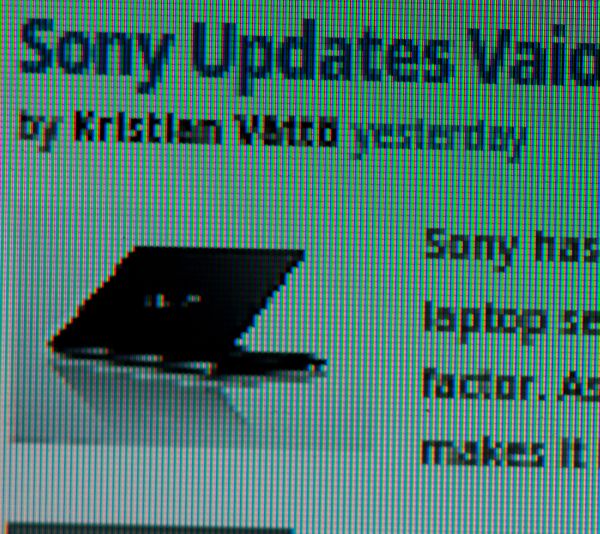
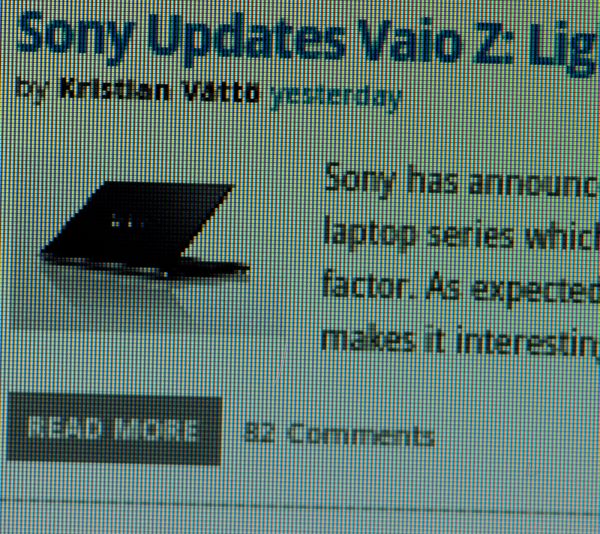
Same Magnification Images of Samsung Infuse (Left - WVGA 4.5"), HTC Sensation (Right - qHD 4.3")
Most high profile titles are agnostic enough to utilize the full 960x540 resolution. Twitter for example uses the entire display canvas, same with Angry Birds. One place where I was definitely appreciated that extra resolution was running remote desktop sessions using Xtralogic's RDP client.
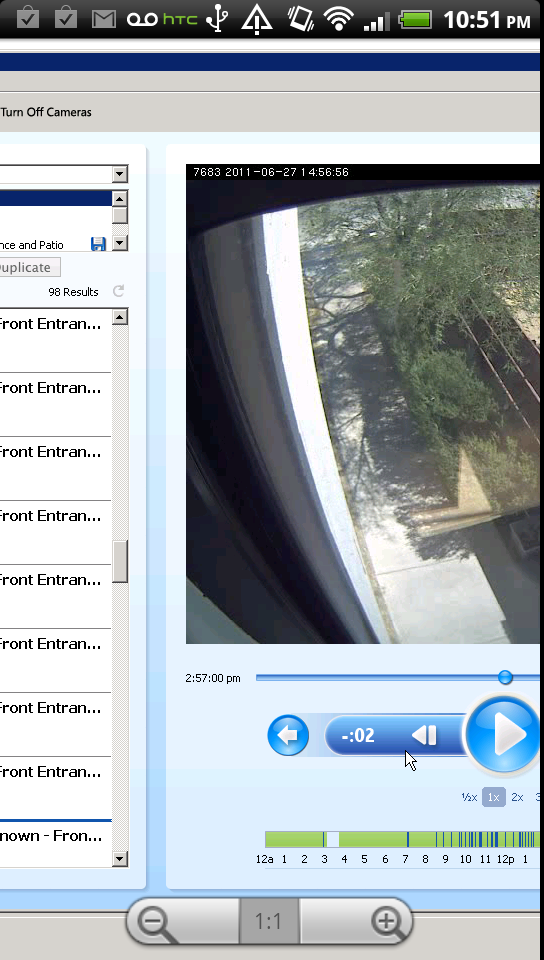
The other mode of operation is essentially 1:1 rendering - you end up with black surrounding the display, just like you do with apps on Honeycomb that don’t properly handle the radically larger display canvas. Take speedtest.net for example, one of my... ok I’ll admit it, my fourth most frequent application. Black bars around it.
I’m told by a number of sources that the next generation of Android tablets will have upwards of 328 ppi displays, so the time for Android developers to get this down pat is right now. 320 ppi is even there in the Android developer guidelines now, which seems to make QSXGA tablets a certainty.
Even first-party Android applications have some work to do. I’ve noticed that badges, icons, and previews in the Android market are noticeably (and at times smearily) upscaled. That’s to say nothing about how bad the application screenshot thumbnails have always look, which is even more exacerbated.
Anyhow I digress. Almost without exception, the extra PPI afforded by having a qHD display has spoiled me to the point where graphical elements now look cartoonishly huge on a similarly sized WVGA display. It’s incredibly apparent when looking at webpages zoomed all the way out - that extra resolution now makes text razor sharp and readable.
You can also really tell the development cycle for devices now. The iPhone 4 really catalyzed this high PPI craze on mobile, with its 330 PPI display. While qHD at 4.3” isn’t quite that high, 256 PPI isn’t anything to sneeze at either. It’s readily apparent to me that qHD is the Android handset maker’s answer to the retina display, and that answer has come almost a full year later. I spoke with HTC when we previewed the EVO 3D and Sensation about their development cycle, and they told me anywhere between 12 to 18 months is typical, from speccing out a phone, to development board, to reference hardware, shopping that around to carriers, to finally having a phone on store shelves. Given the time it took for us to start seeing qHD, 12 to 18 months seems about right.
The other part of the display story is outdoor viewing. Super AMOLED Plus has largely caught up to LCD’s outdoor readability (until overheat protection comes in and kills a quarter of the brightness, that is). In that regard, I consider the Sensation’s S-LCD panel and Samsung’s Super AMOLED Plus about equally matched. The Sensation could be better with a bit more backlight oomph and a better front glass AR coating. Honestly outdoor display quality remains less than stellar for everyone, especially in direct sunlight.
The Sensation includes lit capacitive Android buttons. You can tell the latest generation HTC phones apart from the last refresh based on the style of these buttons. The new ones are much more contemporary and modern looking. They’re sensitive but not prone to errant taps. I think the age of frustrating capacitive Android buttons is thankfully behind us.
There’s one final thing under the display category which is Mobile High definition Link support, or MHL. MHL is essentially an interface allowing up to 1080p video with HDCP and 8 channel audio out over USB. MHL equipped TVs won’t be available for some time, but in the meantime you can use an MHL to HDMI adapter and output to current displays. The Sensation is one of a small list (HTC Flyer, Galaxy S 2, and Samsung Infuse) of devices that include MHL support instead of a second micro-HDMI port.
I attached a dongle to the Sensation and found that MHL indeed does work. Unfortunately, the display size seems limited to 720p at present, so display side upscaling is required to fill the displays over 720p.
At present, the Sensation simply mirrors display output over MHL and rotates between portrait and landscape appropriately, though portrait is a bit disappointing since those 960 lines get compressed into a 720 pixel tall frame. It does work, however.


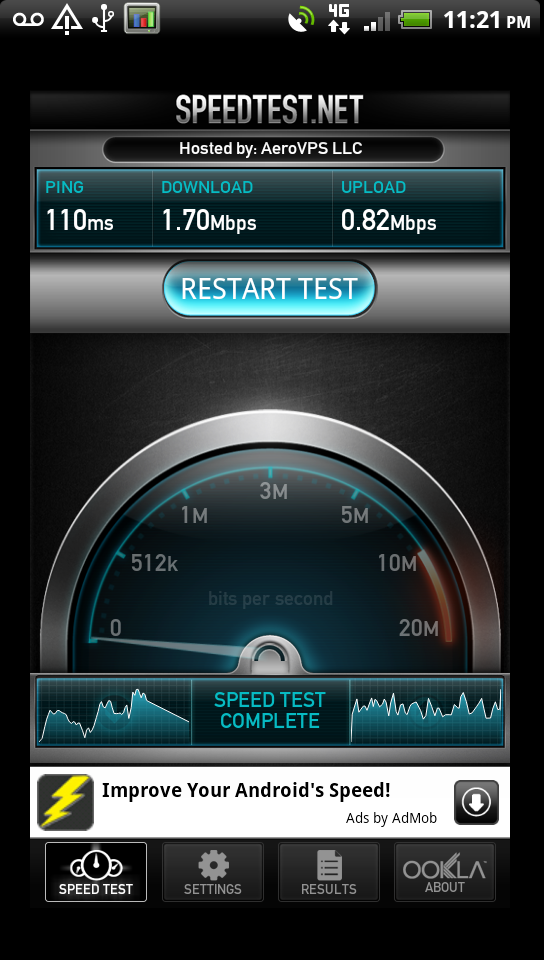







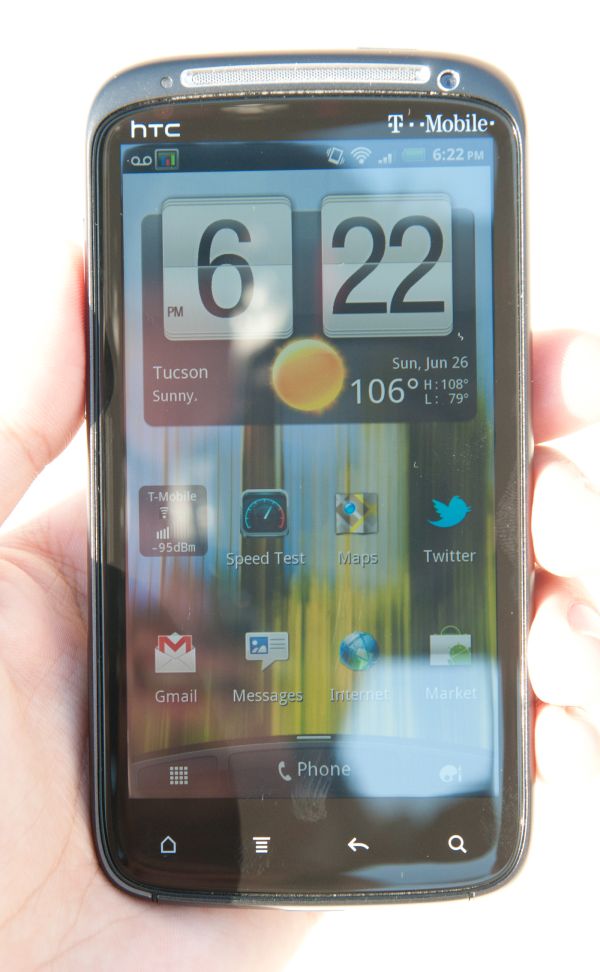
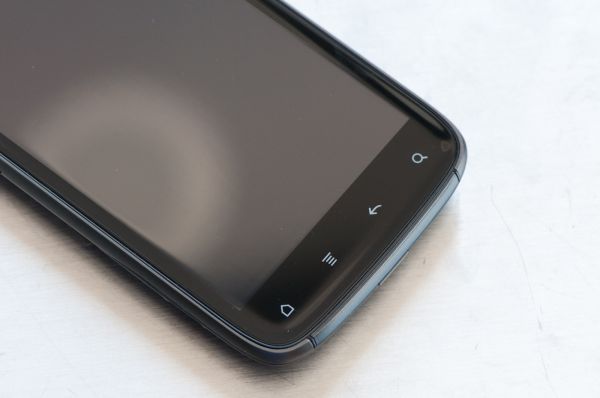
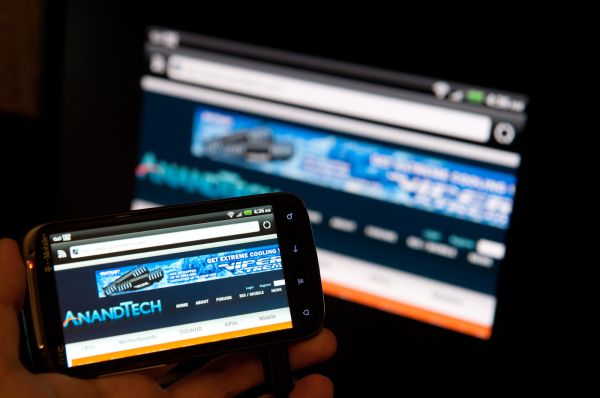
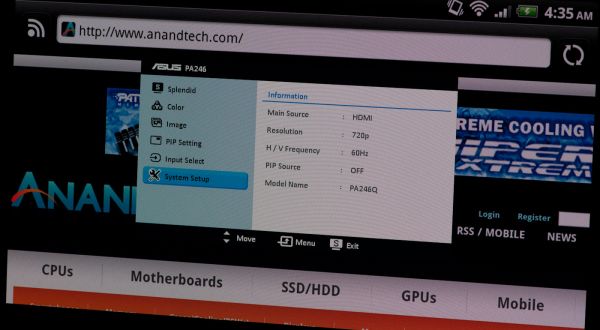








107 Comments
View All Comments
iwod - Friday, July 1, 2011 - link
It looks like in Browser Benchmark, iPhone 4 with iOS 5.0 will properly rise to the top. And it is great to see after a year of its introduction, iPhone 4 is still playing very well with it competitors.About Screen Size, Brian would you and Anand makes notes which size of screen you prefer.
For iPhone 3.5", I think a lot of us want a bigger screen. But what size? 4", 4.3" or even larger?
Brian Klug - Friday, July 1, 2011 - link
I think 4.3" is really the upper limit for smartphone displays. I've got the Infuse 4G here beside me, which is 4.5", and that already is almost challenging to hold sometimes, and occasionally awkward to type on. Factor in the fact that it has just a WVGA display, and those pixels are positively gigantic.Personally, I prefer 4 or 4.3". Anything above that is starting to just get excessive. I can only imagine what that rumored 4.7" HTC WP7 device is going to look like.
-Brian
Chaser - Friday, July 1, 2011 - link
After an iPhone 3G, Droid, Evo, Galaxy S and G2x this phone finally gets it right in so many ways, It never ceases to impress me.Sense 3.0 with Gingerbread makes it perfect!
dtomilson - Friday, July 1, 2011 - link
Being a tech blog I have always found Anandtech to publish articles on the same phone is the same phone is the same phone (Android). Any updates coming on the beta of Mango that has been released? How smooth it is and how much better it performs given the lower specced hardware the current-gen devices use..karnovaran - Friday, July 1, 2011 - link
Brian, there has been much debate on XDA about screen quality differences resulting from the Sensation panels being manufactured by two different companies: Sharp and AUO (Acer). I'd love to know which panel you were reviewing.Can you tell us which panel you have? The way to check is by downloading terminal emulator from the market and running the following command: dmesg That will spit out a bunch of information, just hit menu and email it to yourself then search for "panel". Thanks.
Brian Klug - Friday, July 1, 2011 - link
I always run dmesg on devices just so I can see a bunch of different things/hardware ;)Just grepped out panel and found the type:
<6>[ 1.603759] mipi_novatek_panel_type_detect: panel_type=PANEL_ID_PYD_SHARP
-Brian
quiksilvr - Friday, July 1, 2011 - link
Ahh T-Mobile. It's almost tragic. They have awesome phones but...what's the point? Once the merger happens you have to change the phones and there isn't a full guarantee that our prices will remain the same for monthly bills.Conficio - Friday, July 1, 2011 - link
So apparently the T-Mobile phone does not yet have the boot lock removed and knowbody knows if that will be some software update.Hence question what are then the "unlocked" HTC sensation phones that float around in on EBay etc.?
I ask, because I'm about to get an HTC Sensation (buying it outright) but I want to be able to operate the phone with other carriers SIMs (internationally). So is the T-Mobile phone locked to their network?
Conficio - Friday, July 1, 2011 - link
How much of the htcsense.com features work over Wifi. Does remote Wipe or location tracking work?In other words, does the location get determined by the phone and sent back to htcsense.org or is it determined by the carrier?
Brian Klug - Friday, July 1, 2011 - link
I don't know about location, but I'm assuming that if it uses the Android location framework, it will work. Remote wipe and lock does indeed work over just WiFi, in addition to just cellular.-Brian